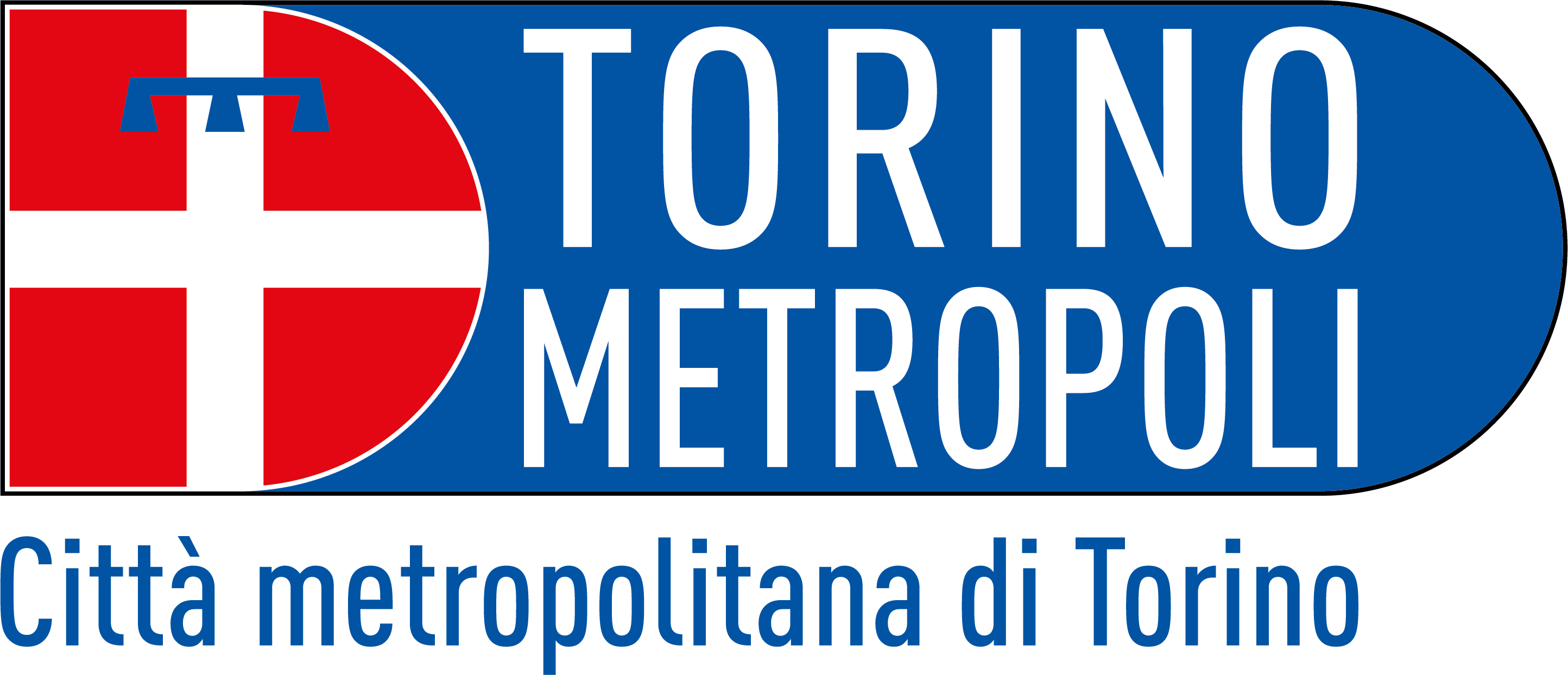The mandatory use of the masks, which is essential to correctly face Phase 2, risks causing, as we have already highlighted on more than one occasion, a serious environmental emergency. In fact, according to estimates by the Polytechnic of Turin, the monthly need for masks in Italy could be one billion per month, largely disposable. Obviously, the first rule to follow is to properly dispose of this waste, avoiding to abandon it in the environment: according to the WWF, if only 1% of the masks ended up in nature we would have about 10 million pieces dispersed every month. (1) In addition to this, however, attention is drawn from many sides to the need to think about a different management of a waste that risks overwhelming us. The most used devices in fact mostly come from abroad and are made of multiple layers of different polymers and multiple materials: this makes them practically impossible to recycle, destining them for disposal in waste-to-energy plants. (2) While waiting for the industry to manufacture and market all or partially recyclable masks, it is possible to adopt measures which, while safeguarding health, allow to protect the environment and, why not, also some economic savings.We are talking about washable masks, which should now be available in most pharmacies. The different models offered, which guarantee good protection for a variable number of washes (between 5 and 50 depending on the brands), are on sale between 5 and 15 euros. On the other hand, according to an estimate by Il Sole 24 Ore, the expenditure that families should bear for the purchase of disposable products could reach up to about 200 euros per month for a group of 4 people (3), also because, as evidenced the magazine Altroconsumo, surgical masks at a “calmed down” price are currently available only in one out of four pharmacies. (4) On balance, therefore, the choice of washable masks could be an interesting alternative, not only for the good of the planet. The last possibility, also foreseen by the new DPCM 26/4/2020, is to use the so-called community masks, that is, "washable masks, also self-produced, in multilayer materials suitable to provide an adequate barrier and that allow to cover from the chin above the nose."(5) Their use has also been approved by the scientific community: according to Trisha Greenhalgh of the University of Oxford and Jeremy Howard of the University of San Francisco if worn by an infected person, they are able to reduce 36 times the amount of virus transmitted.(6)
In the short Press review (in italian language), some articles on the topic, including an in-depth analysis on DIY masks. (7) Enjoy the reading!
- Disperse ogni mese 10 milioni di mascherine? – Circular Economy Network
- Mascherine obbligatorie nella fase due? Per una famiglia costi fino a 200 euro al mese - Il Sole 24 ore
- Mascherine a “prezzo calmierato” solo in una farmacia su quattro – Altroconsumo
- Mascherine per tutti, anche riutilizzabili e fai da te: più persone le usano maggiori possibilità di ridurre il contagio. Ne parla la Fondazione Gimbe – il Fatto alimentare
- Mascherine in tessuto: una buona idea – Altroconsumo
Note
